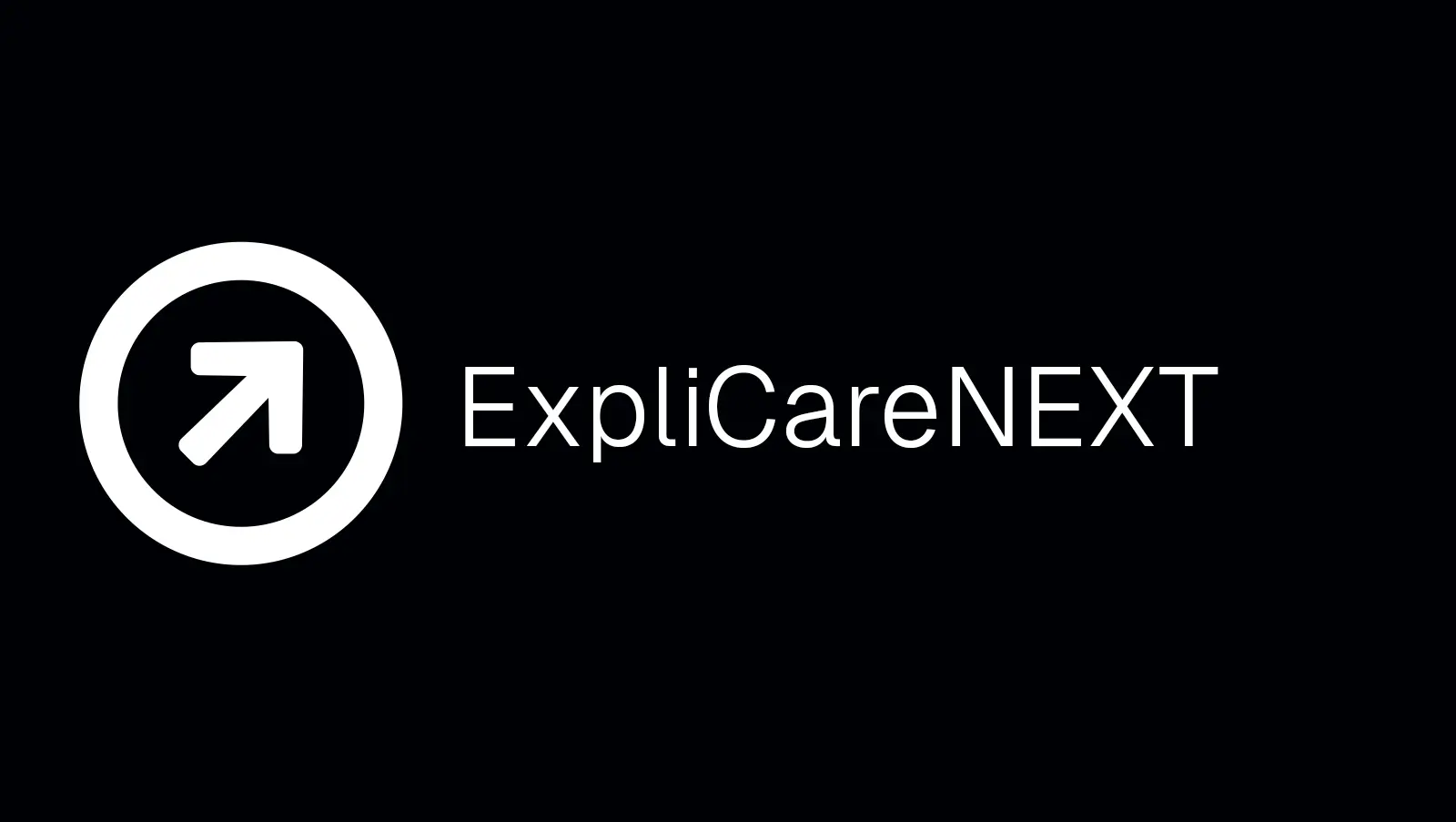ExpliCareNEXT – Development of an explanatory AI-based context-adaptive system to guide the actions of unskilled workers in home care
ExpliCareNEXT at a glance
The aim of the ExpliCareNEXT project is to reduce the workload of nursing staff and improve the quality of care through the use of modern IT technologies. The focus is on simplifying care processes through an AI-based assistance system. The system uses smart home and context information to identify the need for support and to provide care on an ad hoc basis. Central components of the system are multilingual speech recognition and synthesis, the integration of chatbots and the recognition of everyday situations by sensors. These technologies also enable unskilled workers to carry out certain outpatient or home care activities with assured quality. Care services also receive better information for their own planning when deploying care staff.
Specialist contact person
Enrico Löhrke, inHaus GmbH
Do you have questions about the ExpliCareNEXT project? Contact the SmartLivingNEXT project office.
Challenge and innovation
Around five million people are currently dependent on care, with 80 percent of the services being provided by relatives and outpatient care services. A shortage of around 500,000 carers is expected by 2035, which will need to be compensated for. This is why assistance systems accepted by care staff are becoming increasingly important. They simplify care processes and allow professionals to concentrate on interacting with and caring for people instead of having to repeatedly and laboriously train new colleagues.
Due to the high demand, many career changers need to be trained quickly and efficiently to become effective caregivers. ExpliCareNEXT offers an AI-based assistance solution for outpatient care that supports caregivers in real time and develops their skills. This solution can be used on various end devices, such as cell phones, tablets or voice assistants.
The assistance system is being developed together with the users in order to ensure practical co-design. The aim is to develop a natural-language application that reduces reservations about technology and offers an accepted, practical application.
For example: If a caregiver needs to assist an elderly person with pressure ulcer care, the system provides step-by-step instructions such as “Examine the skin for redness”, “Pay particular attention to areas that are often exposed to pressure, such as heels, sacrum and hips” and “Turn the person so that the affected area is relieved. If possible, use special support aids or cushions.” With these clear instructions, even unskilled nursing staff can ensure that decubitus care, for example, is carried out correctly and carefully. The ExpliCareNEXT system thus helps to ensure the quality of care through the use of modern technologies and precise instructions despite a shortage of skilled staff.
The need for care is derived from data in the care documentation and sensor data from the living environment. Based on this data, options and instructions for action are created in various languages. The implementation of explainable AI (XAI) strengthens users’ trust and understanding. This relieves the burden on care staff both in everyday care and when training newcomers.
Application and benefits
As part of the development of the assistance system, various services and components are being created that are to be integrated into the SmartLivingNEXT ecosystem and made usable via it. These include language processing in several languages, chatbot AI and the recognition of everyday activities (ADL recognition). The project provides for a thorough evaluation of the performance of the system and its services in practical application, both technically and user-centered.
The evaluation begins in laboratory environments and is then continued in real everyday life. The system is tested in terms of its functionality, reliability and user-friendliness. Based on the results, adjustments and optimizations are made to ensure that the system meets the requirements and needs of the users.
Advantages of ExpliCareNEXT
| Without ExpliCareNEXT | With ExpliCareNEXT |
| Care staff can often only recognize and meet the need for support after relevant events have occurred or when the person in need of care communicates the need directly (reactive care). | The assistance system enables targeted, individually tailored and anticipatory care. It recognizes the need for support in the living environment and communicates this to the care staff at an early stage. The system’s AI also provides information on the daily routines and everyday skills of the person requiring care, allowing care to be adapted to the situation. |
| Specialist care staff have to spend a lot of time training new staff and therefore have less time for care and interaction with the care recipients themselves. | Improved care by simplifying the induction process for new staff. Simplification means that more time is available for actual care and interaction with the people requiring care. |
| Managers are often overwhelmed when it comes to making quick decisions that are appropriate to the situation, as they lack specific information. | Improved and simplified decision-making thanks to situation recognition and comprehensible recommendations for action from the assistance system. |
| Little to no personalized real-time support for caregivers on site. | Real-time support for nursing staff on site, based on existing expert standards, individual language skills and the situation at hand. |
| Voice processing services, chatbot AI components as well as services for everyday life recognition (ADL) are not yet offered in the SmartLivingNEXT ecosystem. | Participants in the SmartLivingNEXT ecosystem can access and use voice processing services, chatbot AI components and services for everyday life recognition (ADL). |
The ExpliCareNEXT consortium partners
inHaus GmbH (consortium leader), Ruhr West University of Applied Sciences, Niederrhein University of Applied Sciences, Ruhr University Bochum, Anasoft Technology AG, Stella Vitalis GmbH


